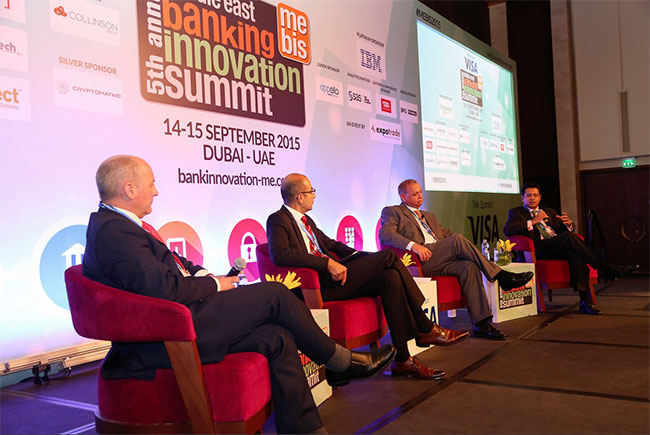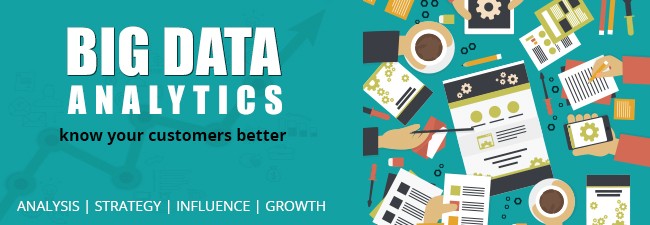We celebrated the 20th Foundation Day of arroWebs on September 24, 2016. The day marked a significant milestone in the journey of our company, as these 20 golden years have been a testimony to the company moving from taking baby steps to giant leaps in creating a reputation for itself among the client organisations.
It was in the year 1995 when arroWebs was founded with a vision to be among the most trusted IT Solution providers. Ever since then, with the central idea of providing quality technology solutions to clients, arroWebs has slowly but surely made its own space in global markets.
With a sharp focus on clients’ needs and success, and with the due technological advancements, the company has made its mark in both national and international markets. Keeping pace with the needs of the market over the years, arroWebs has excelled in all areas of web technology, be it Web application development, Mobile apps, Portals, Strategy Consulting, SEO, Design Solutions and much more.
Recapping the journey of 20 years brought out a unique feeling in all of us, one that is a mix of pride and humility. The company, which started off from a small town, lesser known as a technology centre, today has earned a reputation among its clients in various parts of the world. And that is such a unique chapter in our story!
The moment was ripe for the entire arroWebs family to come together and celebrate the completion of 20 years and beginning of the 21st year; and we all did it in style. It began with the leadership team sharing their experiences from the early years to the current phases of the company. Company’s performance for the last few years was shared with the team, along with the future plans.
It could have never happened without a strong team. arroWebs has grown from a single member company to a strong team with members from diverse backgrounds. One of the key aspects of the celebration was honouring and awarding employees for the relentless effort and contribution in company’s progress. It was a very emotional moment for the team members as they saw all their hard work and commitment being recognised on this day. Happiness manifested in both – smiles and tears, as our team members came to the podium to receive their trophies.
It was also a moment of elation for Phil Lewis, CEO of arroWebs Inc., who joined the team in this special celebration. Phil was thrilled to be a part of all the team activities, He congratulated the team saying, “ It is a moment of great pride and happiness as arroWebs is entering into its 21st year and recording growth year on year. These 20 years have provided great learning and added on to our experience in dealing with varied business situations. Last year has been a great year for the company as the team successfully procured many of the big IT projects.”
On the occasion of the 20th Foundation Day, a new corporate identity was launched for the company. The new identity highlights the forward looking client centric approach, strong commitment towards partnering with clients, and versatility of its service offerings.
While cutting a cake to celebrate a special day is no unique thing, this time it was really a big thing for all of us.
An evening to remember: The multi-talented arroWebs team took the centre stage as the cultural programmes began. The atmosphere turned electric with the array of performances that the team members put together. It was another great moment for all of us to come together as a team, and this time for reasons beyond work. The Rajasthani folk enthralled all of us with their dazzling singing and dancing shows.
As the curtains were drawn on the Foundation Day celebrations, the sense of achievement, teamwork and commitment went up several notches up in all our hearts. We as a company and the members of the arroWebs team vow to keep raising the bar, and scaling new heights for ourselves. As one of our event merchandises read, “20 is just the beginning, last 19 were merely a practice”.
Do checkout the photos of the event on our Facebook or Flickr streams




